
MEET OUR HORSE MEAT
LEARN ABOUT THE GREEDY HORSE-KILLING TRADE FOR HUMAN CONSUMPTION & HOW YOU CAN HELP HORSES ESCAPE THIS VICIOUS FATE DONATEMYTHS ABOUT DOGGERS
MYTH: They only send old, sick horses to be killed
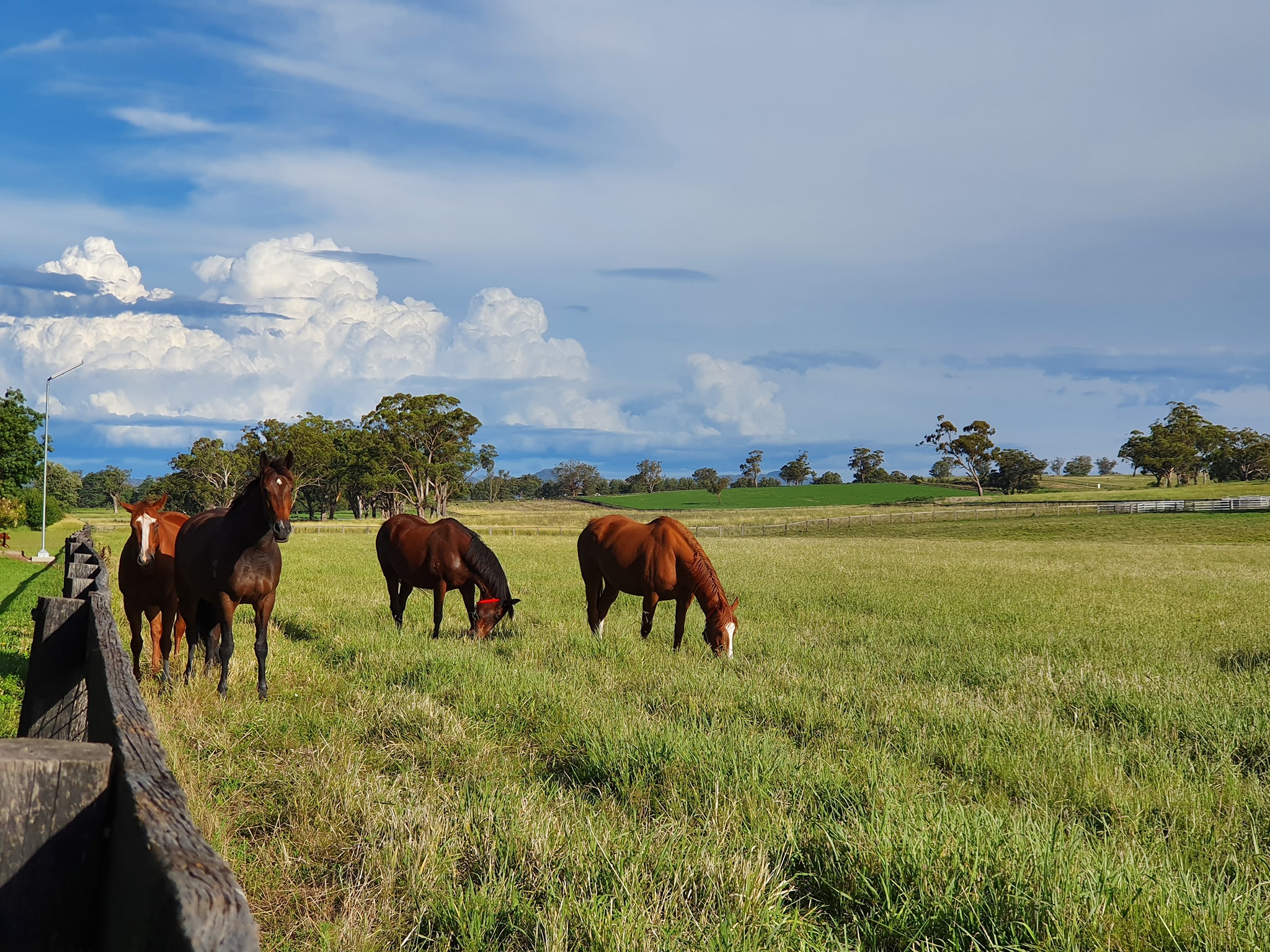
The average age of a slaughter horse is 7 years old.
Meramist wants young healthy horses.
See The Final Race and Farm Transparency footage of various knackeries and this will be obvious.
There are not any recent, official statistics.
However, we know that the majority of horses that were purchased at Echuca auction by Shepp Meats were racehorses and were relatively young.
MYTH: They re-home most of the horses

People seem to think that because they bought a horse from Les Evans for Little Johnny, that these people go to great lengths to find homes for horses and that these men really don’t want to send them to slaughter.
Do you really think they care?
These guys probably kill 2,250 human consumption horses each per year.
They also send large numbers of horses to knackeries.
They’ve been doing it for 30 years. It’s their main source of income.
If they can get more from a private buyer wanting to rescue a horse from their clutches, of course they cash in.
MYTH: It’s better than starving in a paddock
Over and over again we see people using this argument to justify doggers.
Yes, horses are neglected and left to starve, but why assume that people who take their horses to the dogger are trying to stop their horse from starving?
It is not a binary, it is not a case of starve or slaughter at all.
A horse is not going to the dogger because it is about to starve in a paddock.
A horse is going to the dogger because the owner doesn’t want it anymore and the person doesn’t care whether it is going to suffer.
Yes, people get rid of horses because they don’t want them, or they possibly can’t afford them anymore.
However, anyone choosing to send their unreserved horse to sales or direct to the dogger is cashing in that horse’s body.
They actually don’t care what happens to the horse, they don’t care about how it might suffer and be terrified when it realises that it is about to die.
The majority of horses seen in slaughter footage have not been starved.
It is illogical to say ‘gee we better slaughter this horse because it’s about to be starved to death!’
Please view slaughter footage before repeating this myth.
MYTH: It’s a quick ending
When we see people dying in a car crash, do we say : ‘oh well, better than dying of cancer !’ No one says that because we all know that the person dying in a car crash would have suffered.
Horse slaughter is not a quick ending.
The horse is often sitting in a dogger paddock with unfamiliar horses or on a dogger truck for days.
Many suffer injuries that are not treated and when in a paddock, the aggressive horses keep others away from the food.
Horses can smell death and experience fear as soon as they arrive at a knackery or abattoir.
We all saw the extreme terror of horses exacerbated by the treatment they received at Meramist.
They know they are in danger as soon as they arrive at the place where they will die.
The actual death might take a few minutes if the horse is lucky, the first stun might be effective.
A captive bolt causes massive trauma to the brain which is supposed to cause unconsciousness, however, it is difficult to place the bolt in the correct spot on a terrified, moving horse.
Many horses require second and third bolts, which means a metal prod is entering their head over and over.
Some horses were strung up while conscious to have their throats cut and bled.
The table below shows that over a 10 day period, 65 horses needed more than one bolt before they became unconscious.
The captive bolt is designed for bovine heads.
It is not effective or humane for horses because the horse’s head is mobile and the placement of the bolt has to be precise.
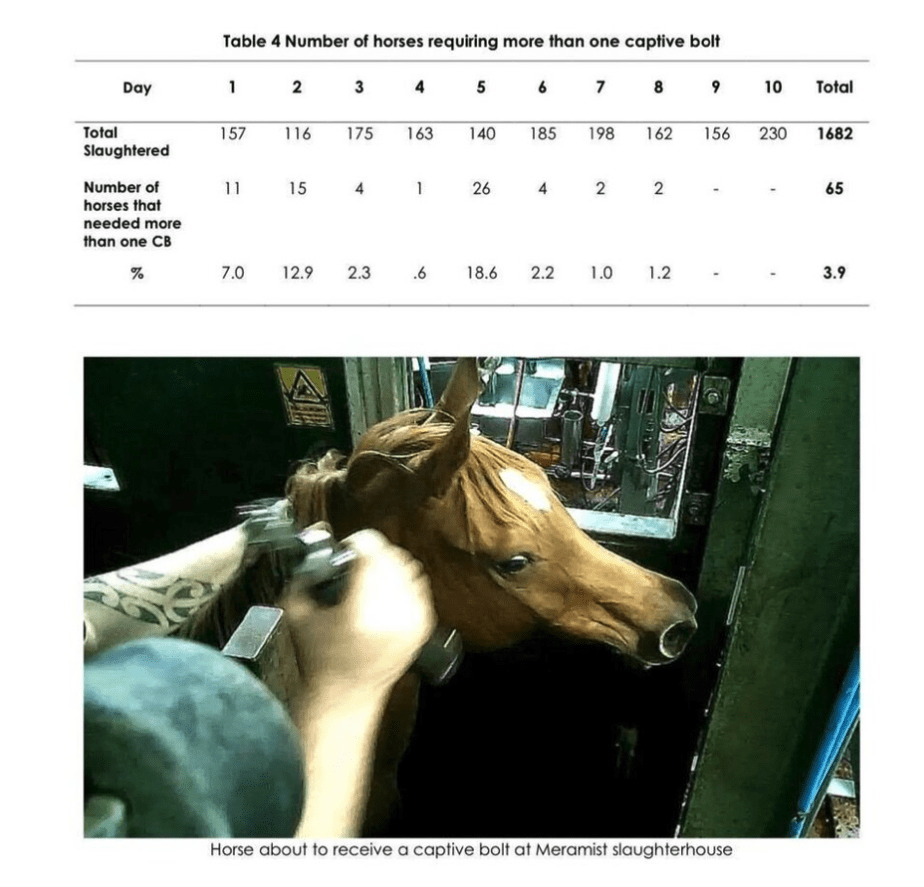
This comment is propaganda and is constantly pushed by this individual.
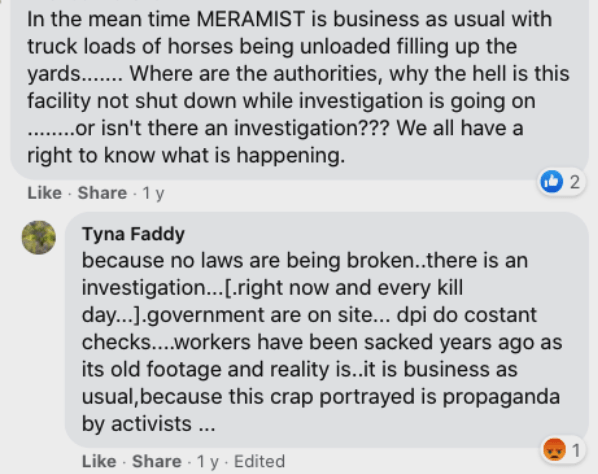
MYTH: It’s a legitimate business
What does that mean?
Sure it is legal but that doesn’t make it ethical.
There are no skills or education necessary to do this job, just personal attributes like lack of empathy and the ability to ignore the scorn of the majority of the population.
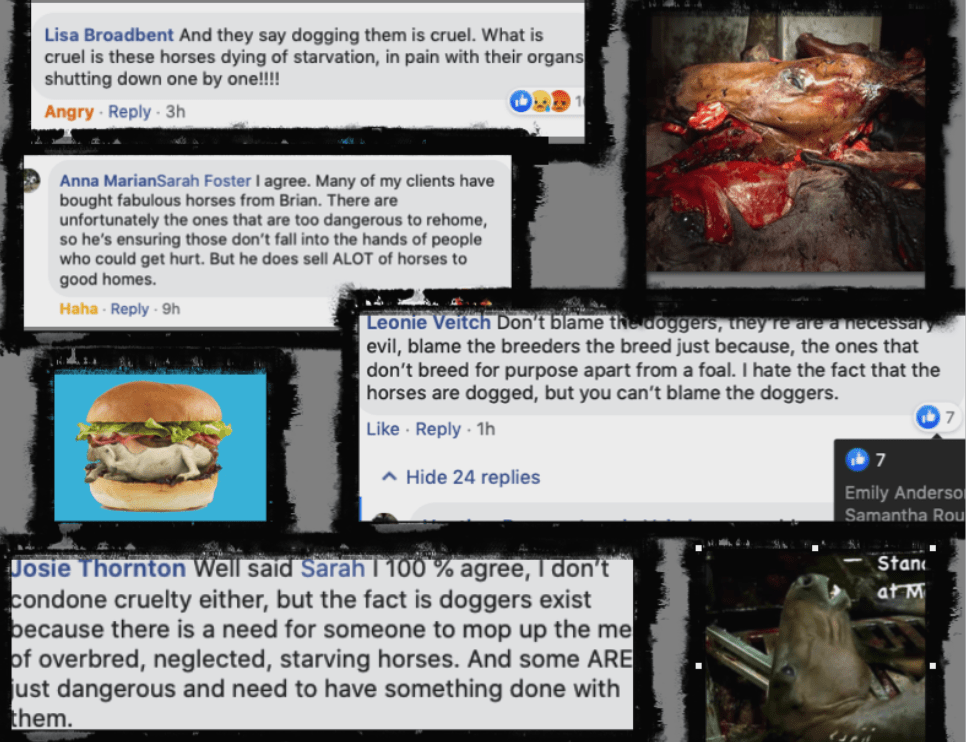
Send us screenshots of people who perpetuate these myths and we’ll publish them.
FACTS ABOUT DOGGERS
FACT: For doggers with a Meramist arrangement, it is a large source of income.
It is very lucrative.
Shepp Meats was earning an average of $800 a horse.
This was stated on their Second Chance Page as the reason every horse was $800.
Every week, 36 horses were sent to Meramist.
Shepp Meats was paid a premium price as their ‘preferred supplier’.
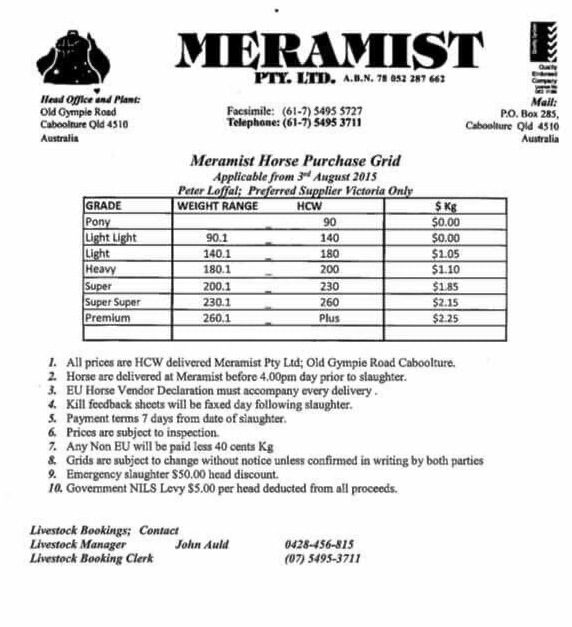
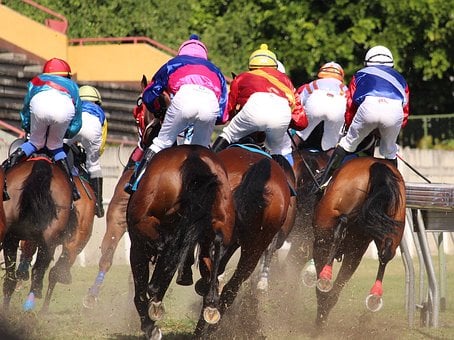
FACT: Doggers will tell you that many people from the racing industry insist that their horse be killed.
It seems that the trainers and studs don’t want anyone else having racing or breeding success with a horse that they failed with.
FACT: Doggers know that they can cash in on horses in their clutches…
Unfortunately, saving one horse just condemns other horses because the dogger can buy 3 more horses with that money.
Your money gives them greater purchasing power.
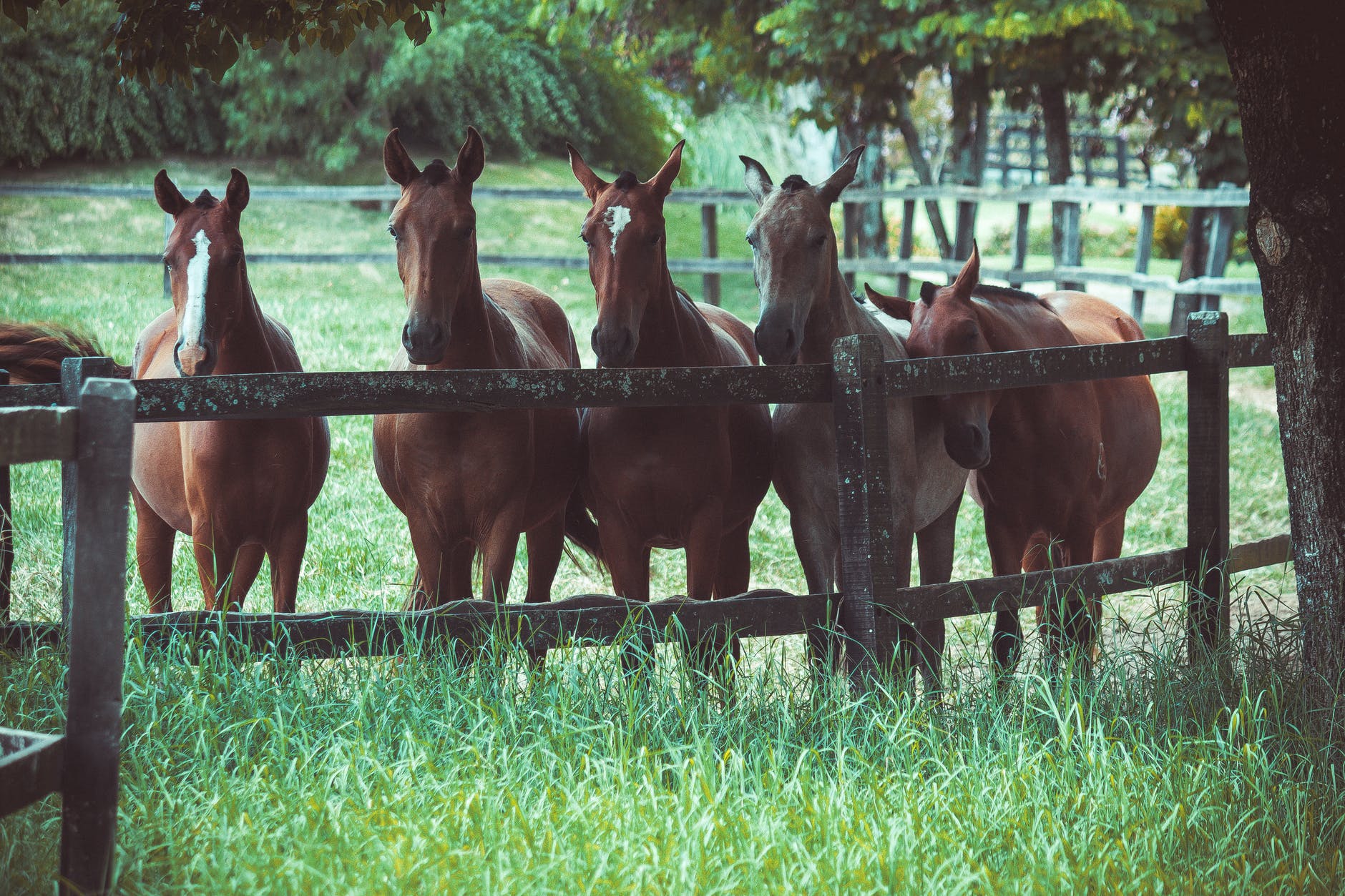
Please take a few minutes to sign and share this list of current petitions...
Sharing is caring about the cause of horse slaughter for human consumption and together we can make a difference.
Thank you for taking the time to sign and share, your efforts are greatly appreciated.
Whistleblowers are invited to contact MOHM regarding violations occurring during horse slaughter or transport to slaughter. Are you an ex-slaughterhouse employee, a transport driver or a feedlot operator with knowledge of animal abuse, or other violations? Are you a track veterinarian who has evidence of horses “run” on phenylbutazone or other drugs, and then being shipped to slaughter? Do you have pictures/video of horses in transit to slaughter?
Anonymity guaranteed!



